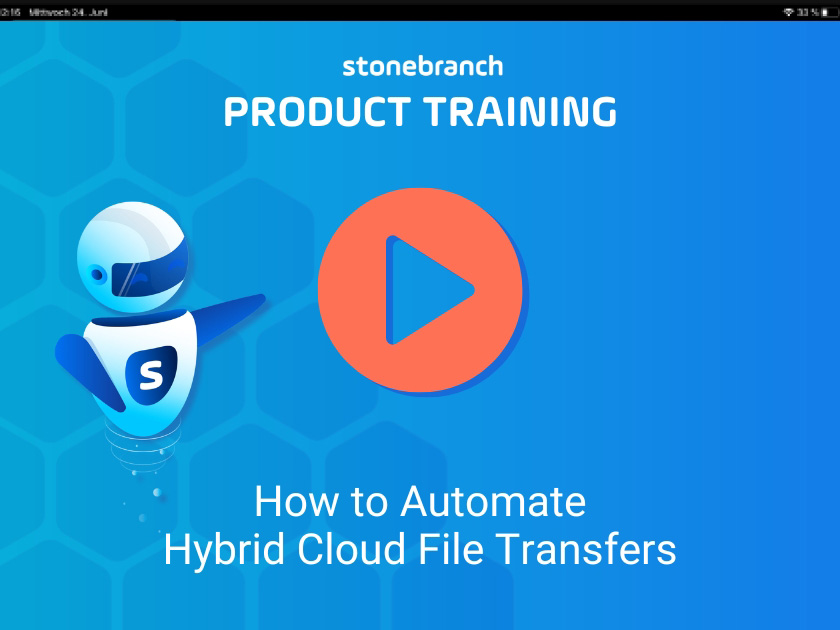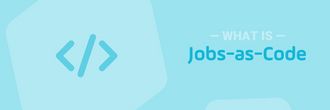How to Automate Hybrid Cloud File Transfers
Manage file transfers for any type of cloud, mainframe, distributed or hybrid environment with no ramp-up time or cost-intensive hardware investments

In this video you will learn how you can securely enable web-based scheduling from mainframe to the distributed scheduling world and vice versa. Integrate your cloud file transfers in any existing workload automation workflow. Trigger your transfers from 3rd party applications utilizing our REST API. Achieve cost savings by utilizing a single solution for enterprise job scheduling including internal and cloud file transfers. Stonebranch's Universal Automation Center allows you to securely transfer files between your local file server (Windows, Linux), mainframe (z/Linux, z/OS) or Storage Area Network (SAN), and your Amazon S3 or Azure storage cloud services.




